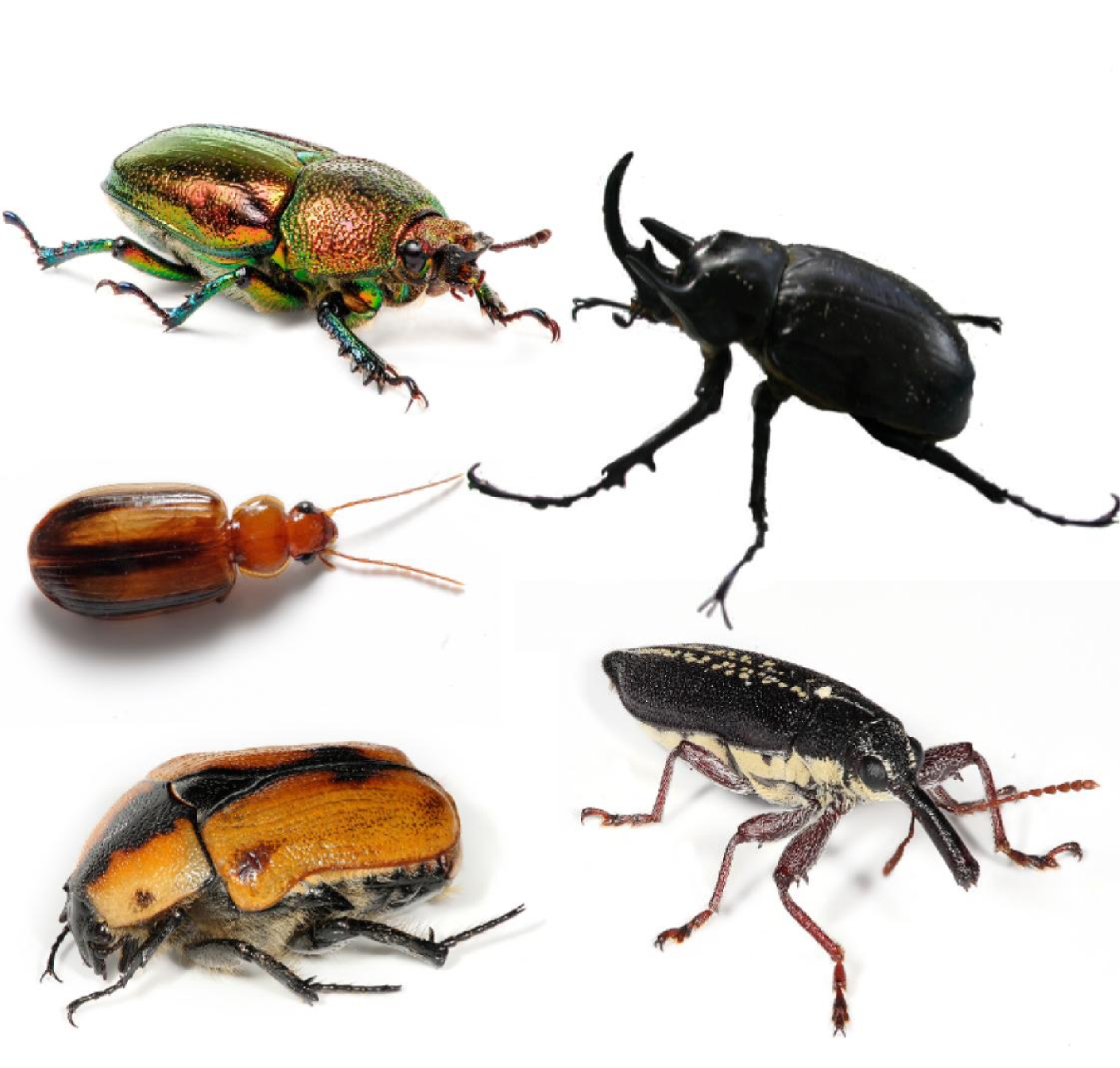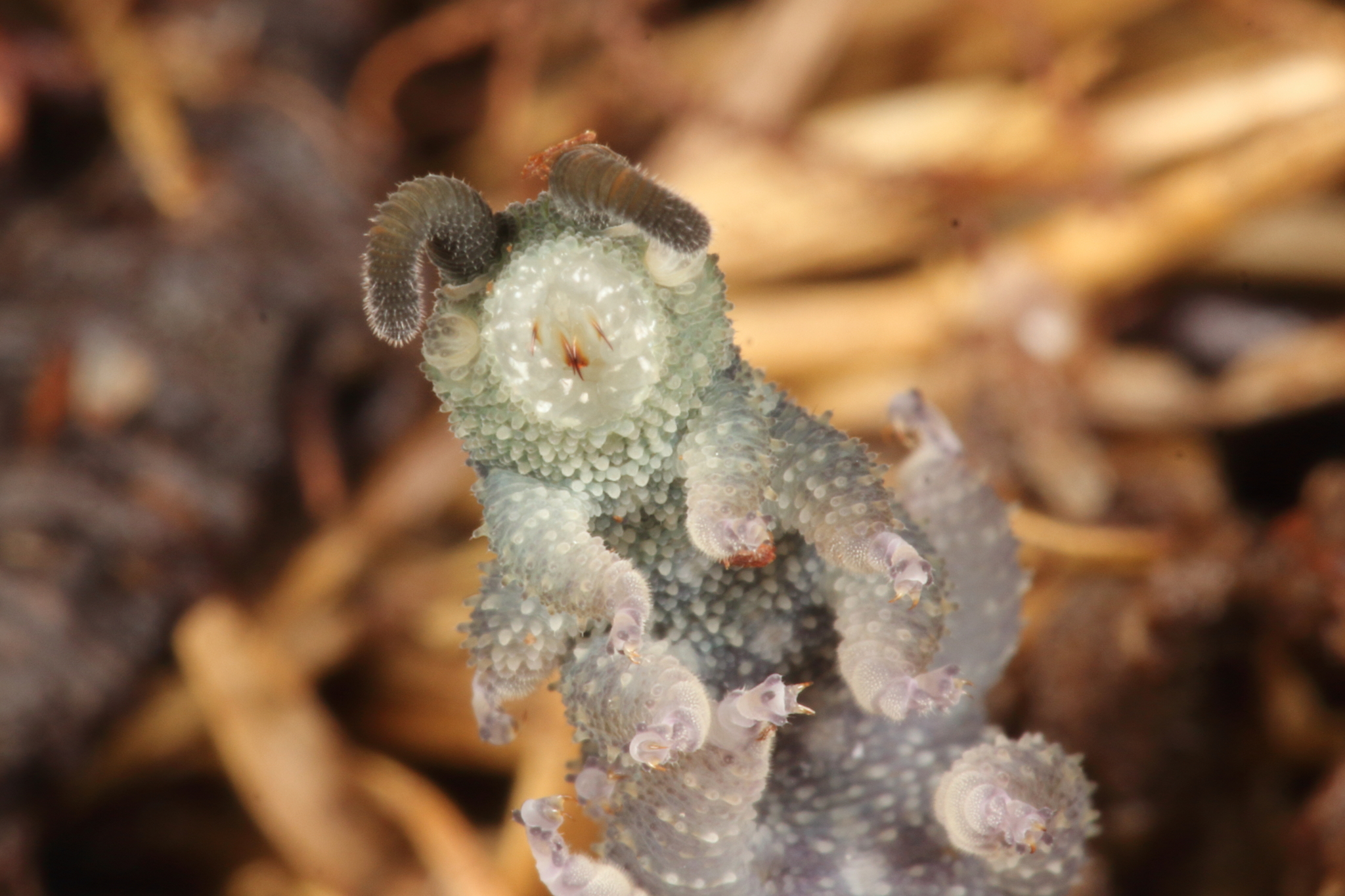|
Peripatopsis Leonina
''Peripatopsis leonina'', commonly known as the Lion's Hill velvet worm, is a species of velvet worm in the family Peripatopsidae. Endemic to South Africa, it has not been seen since 1912 and is thought to be critically endangered or possibly extinct. Taxonomy and history ''Peripatopsis leonina'' was described by William Frederick Purcell in 1899, but no holotype was designated. Later publications referred to "paratypoids" and "ex types" of this species deposited in the Zoologisches Museum in Hamburg, Germany, however, the type status of these specimens is unclear. This species was last recorded in 1912 and requires taxonomic revision. Distribution and habitat ''Peripatopsis leonina'' is known only from its type locality on the south-east slopes of Signal Hill (also known as Lion's Hill) on the Cape Peninsula of South Africa. It was found under stones in ravines among fynbos. Description ''Peripatopsis leonina'' is greenish-black to black with five longitudinal dark stripes a ... [...More Info...] [...Related Items...] OR: [Wikipedia] [Google] [Baidu] |
William Frederick Purcell
William Frederick Purcell (18 September 1866 - 3 October 1919) was an English-born South African arachnologist and zoologist. He is regarded as being the founder of modern Arachnology, araneology in South Africa. Early life and education Purcell was born in London, England to Dr Walter P.J. Purcell of Waterford, Ireland, and his wife Sophia W.J. Hertzog of Cape Town. In 1868 the family moved to Cape Colony and settled in Cape Town. He spent most of his childhood on the farm Bergvliet, which was owned by his uncle W.F. Hertzog. From 1881, Purcell studied at South African College, Cape Town, matriculated through the University of the Cape of Good Hope (UCGH) in 1884 and received a BA (with Honours) in mathematics and natural science in 1887 from UCGH. In 1885 and 1887 he provided the Iziko South African Museum, South African Museum with samples of ''Beetle, coleoptera'' obtained at Bergvliet and Prieska. Purcell continued his education in Germany with a focus on the internal s ... [...More Info...] [...Related Items...] OR: [Wikipedia] [Google] [Baidu] |
Fynbos
Fynbos (; , ) is a small belt of natural shrubland or heathland vegetation located in the Western Cape and Eastern Cape provinces of South Africa. The area is predominantly coastal and mountainous, with a Mediterranean climate. The fynbos ecoregion is within the Mediterranean forests, woodlands, and scrub biome. In fields related to biogeography, fynbos is known for its exceptional degree of biodiversity and endemism, consisting of about 80% (8,500 fynbos) species of the Cape floral kingdom, where nearly 6,000 of them are endemic. The area continues to face severe human-caused threats, but due to the many economic uses of the fynbos, conservation efforts are being made to help restore it. Origin of the term The word '' fynbos'' is often taken literally to mean ''fine bush'', as in Afrikaans '' bos'' means '' bush'', whereas in this instance ''bush'' refers to the type of vegetation. Typical fynbos foliage is ericoid rather than ''fine''. The term in its pre-Afrikaans, ... [...More Info...] [...Related Items...] OR: [Wikipedia] [Google] [Baidu] |
Onychophoran Species
Onychophora (from , , "claws"; and , , "to carry"), commonly known as velvet worms (for their velvety texture and somewhat wormlike appearance) or more ambiguously as peripatus (after the first described genus, ''Peripatus''), is a phylum of elongate, soft-bodied, many-legged animals. In appearance they have variously been compared to worms with legs, caterpillars, and slugs. They prey upon other invertebrates, which they catch by ejecting an adhesive slime. Approximately 200 species of velvet worms have been described, although the true number is likely to be much greater. The two extant families of velvet worms are Peripatidae and Peripatopsidae. They show a peculiar distribution, with the peripatids being predominantly equatorial and tropical, while the peripatopsids are all found south of the equator. It is the only phylum within Animalia that is wholly endemic to terrestrial environments, at least among extant members. Velvet worms are generally considered close relatives o ... [...More Info...] [...Related Items...] OR: [Wikipedia] [Google] [Baidu] |
Endemic Fauna Of South Africa
Endemism is the state of a species being found only in a single defined geographic location, such as an island, state, nation, country or other defined zone; organisms that are indigenous to a place are not endemic to it if they are also found elsewhere. For example, the Cape sugarbird is found exclusively in southwestern South Africa and is therefore said to be ''endemic'' to that particular part of the world. An endemic species can also be referred to as an ''endemism'' or, in scientific literature, as an ''endemite''. Similarly, many species found in the Western ghats of India are examples of endemism. Endemism is an important concept in conservation biology for measuring biodiversity in a particular place and evaluating the risk of extinction for species. Endemism is also of interest in evolutionary biology, because it provides clues about how changes in the environment cause species to undergo range shifts (potentially expanding their range into a larger area or becomin ... [...More Info...] [...Related Items...] OR: [Wikipedia] [Google] [Baidu] |
Animals Described In 1899
Animals are multicellular, eukaryotic organisms in the biological kingdom Animalia (). With few exceptions, animals consume organic material, breathe oxygen, have myocytes and are able to move, can reproduce sexually, and grow from a hollow sphere of cells, the blastula, during embryonic development. Animals form a clade, meaning that they arose from a single common ancestor. Over 1.5 million living animal species have been described, of which around 1.05 million are insects, over 85,000 are molluscs, and around 65,000 are vertebrates. It has been estimated there are as many as 7.77 million animal species on Earth. Animal body lengths range from to . They have complex ecologies and interactions with each other and their environments, forming intricate food webs. The scientific study of animals is known as zoology, and the study of animal behaviour is known as ethology. The animal kingdom is divided into five major clades, namely Porifera, Ctenophora, Placozoa ... [...More Info...] [...Related Items...] OR: [Wikipedia] [Google] [Baidu] |
Air Pollution
Air pollution is the presence of substances in the Atmosphere of Earth, air that are harmful to humans, other living beings or the environment. Pollutants can be Gas, gases like Ground-level ozone, ozone or nitrogen oxides or small particles like soot and dust. It affects both outdoor air and indoor air. Natural sources of air pollution include Wildfire, wildfires, Dust storm, dust storms, and Volcanic eruption, volcanic eruptions. Indoor air pollution is often Energy poverty and cooking, caused by the use of biomass (e.g. wood) for cooking and heating. Outdoor air pollution comes from some industrial processes, the burning of Fossil fuel, fossil fuels for electricity and transport, waste management and agriculture. Many of the contributors of local air pollution, especially the burning of fossil fuels, also cause greenhouse gas emissions that cause climate change, global warming. Air pollution causes around 7 or 8 million deaths each year. It is a significant risk factor for ... [...More Info...] [...Related Items...] OR: [Wikipedia] [Google] [Baidu] |
Habitat Degradation
Habitat destruction (also termed habitat loss or habitat reduction) occurs when a natural habitat is no longer able to support its native species. The organisms once living there have either moved elsewhere, or are dead, leading to a decrease in biodiversity and species numbers. Habitat destruction is in fact the leading cause of biodiversity loss and species extinction worldwide. Humans contribute to habitat destruction through the use of natural resources, agriculture, industrial production and urbanization (urban sprawl). Other activities include mining, logging and trawling. Environmental factors can contribute to habitat destruction more indirectly. Geological processes, climate change, introduction of invasive species, ecosystem nutrient depletion, water and noise pollution are some examples. Loss of habitat can be preceded by an initial habitat fragmentation. Fragmentation and loss of habitat have become one of the most important topics of research in ecology as t ... [...More Info...] [...Related Items...] OR: [Wikipedia] [Google] [Baidu] |
Habitat Fragmentation
Habitat fragmentation describes the emergence of discontinuities (fragmentation) in an organism's preferred environment (habitat), causing population fragmentation and ecosystem decay. Causes of habitat fragmentation include geological processes that slowly alter the layout of the physical environment (suspected of being one of the major causes of speciation), and human activity such as land conversion, which can alter the environment much faster and causes the extinction of many species. More specifically, habitat fragmentation is a process by which large and contiguous habitats get divided into smaller, isolated patches of habitats. Definition The term habitat fragmentation includes five discrete phenomena: * Reduction in the total area of the habitat * Decrease of the interior: edge ratio * Isolation of one habitat fragment from other areas of habitat * Breaking up of one patch of habitat into several smaller patches * Decrease in the average size of each patch of habit ... [...More Info...] [...Related Items...] OR: [Wikipedia] [Google] [Baidu] |
Biological Journal Of The Linnean Society
The ''Biological Journal of the Linnean Society'' is a direct descendant of the oldest biological journal in the world, the '' Transactions of the Linnean Society''. It succeeded the earlier title in 1969. The journal specializes in evolution, and encompasses work across all taxonomic groups in all five kingdoms of living organisms. It includes all methods, whole-organism or molecular, practical or theoretical. The journal is published by the Linnean Society of London The Linnean Society of London is a learned society dedicated to the study and dissemination of information concerning natural history, evolution, and Taxonomy (biology), taxonomy. It possesses several important biological specimen, manuscript a .... References External links * Linnean Society of London Biology journals English-language journals Publications with year of establishment missing {{biology-journal-stub ... [...More Info...] [...Related Items...] OR: [Wikipedia] [Google] [Baidu] |
ZooKeys
''ZooKeys'' is a peer-reviewed open access scientific journal covering zoological taxonomy, phylogeny, and biogeography. It was established in 2008 and the founding editor-in-chief was Terry Erwin (Smithsonian Institution The Smithsonian Institution ( ), or simply the Smithsonian, is a group of museums, Education center, education and Research institute, research centers, created by the Federal government of the United States, U.S. government "for the increase a ...) until his death in 2020. In December 2023, Torsten Dikow was appointed the new editor-in-chief. It is published by Pensoft Publishers. ''ZooKeys'' provides all new taxa to the Encyclopedia of Life on the day of publication. Abstracting and indexing The articles published in the journal are indexed across a significant number of repositories. The content of the journal is archived in PubMed Central, CLOCKSS, Zenodo, Portico, Europe PMC, and Zendy, and indexed by a large number of industry leading indexer ... [...More Info...] [...Related Items...] OR: [Wikipedia] [Google] [Baidu] |






